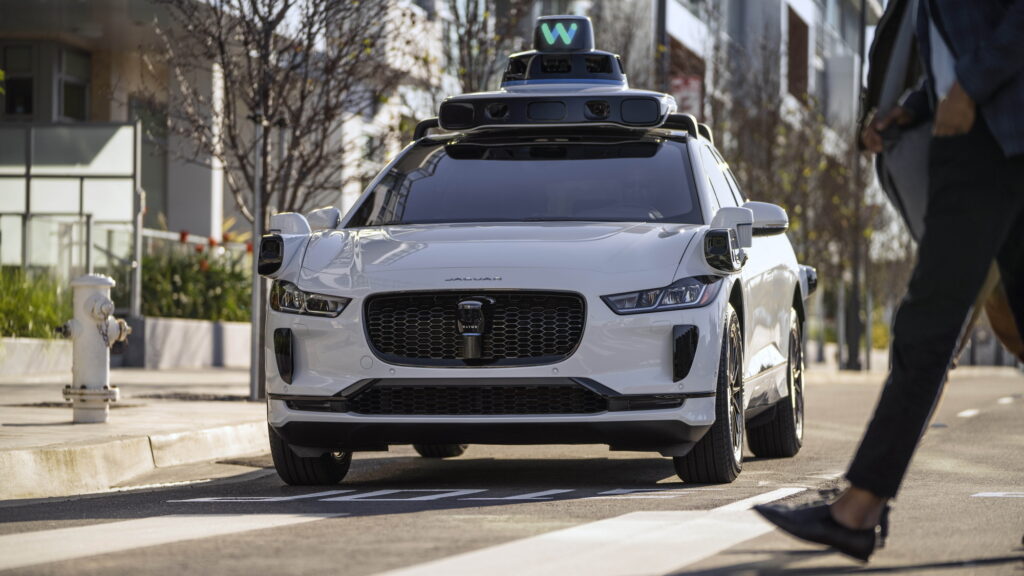People Tricked Waymo’s AI Sending 50 Robotaxis To A Dead-End Street
- Pranksters summoned 50 robotaxis to San Francisco’s longest dead-end street.
- The cars waited around 10 minutes before automatically leaving the area.
- Each no-show triggered a $5 fee despite no passengers entering the vehicles.
Waymo’s self-driving vehicles have helped turn robotaxi services from tech demo to daily reality, but like any connected system, these days that same openness invites a bit of mischief, and the occasional abuse.
In San Francisco, a group of pranksters decided to see what would happen if they flooded the service with requests. The result, according to them, was the world’s first Waymo DDOS, short for distributed denial-of-service.
Read: Cops Pulled Over A Driverless Car For An Illegal U-Turn And Couldn’t Write A Ticket
The stunt came to light through an X post by self-confessed tech prankster Riley Walz, who only now shared details of what actually unfolded back in July. The idea was straightforward. Fifty participants gathered at San Francisco’s longest dead-end street and each ordered a Waymo ride at exactly the same time.
What Happens When You Summon 50 Robotaxis?
As you’d expect, a fleet of driverless cars dutifully arrived, clustering at the dead end and clogging traffic. Anyone nearby hoping for a legitimate pickup suddenly had no chance of finding an available Waymo.
According to Walz, no one from the group actually entered any of the vehicles. Each car lingered for roughly ten minutes before departing automatically, charging a $5 no-show fee.
“Waymo handled this well, I assume this isn’t much different than if a big concert had just ended,” said Walz. “Eventually, they disabled all rides within a 2-block vicinity until the morning.”
that was wild pic.twitter.com/dCF6ByDf50
— calvin.sh (@Calvin__Liang) October 13, 2025
How Waymo Handled the Flood
Speaking with Road & Track, a spokesperson from Waymo said the service is able to automatically detect and limit the number of rides to a specific area, meaning it was able to prevent additional vehicles from showing up at the dead-end street.
The company added that simultaneous requests from busy spots are not unusual and that the system is designed to adapt accordingly.
“Waymo provides hundreds of thousands of fully autonomous trips weekly across five and counting cities with over 2,000 vehicles,” the spokesperson said. “We are always refining our system to manage distribution at specific locations, ensuring we balance our service’s physical footprint with the need to deliver an excellent rider experience.”





















